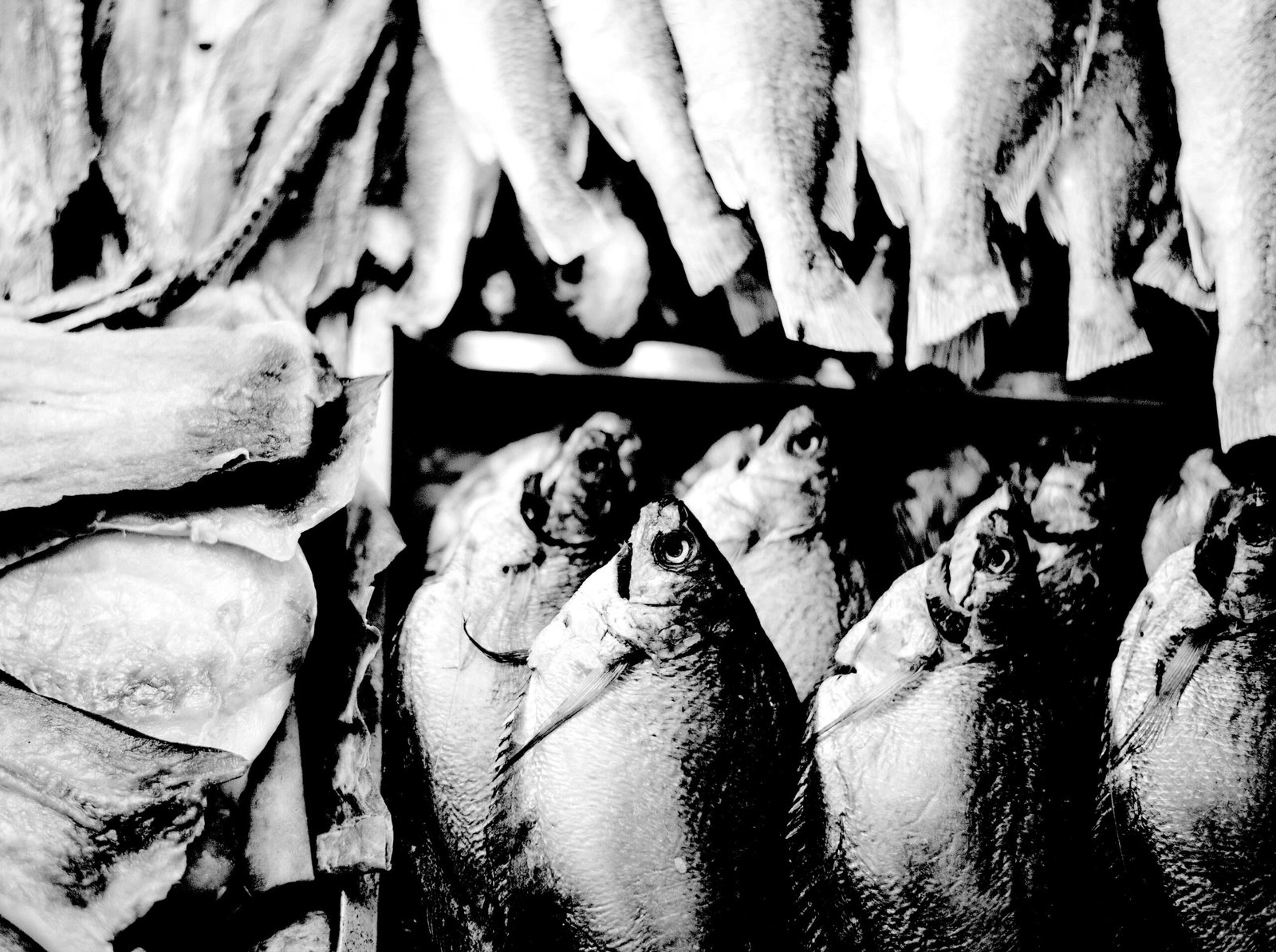
03 Aug A kind of food philosophy
People often ask me how I come up with the dishes we serve at emba.
The truth is, I don’t sit down with a blank page and decide what I feel like cooking. Every dish begins with the ingredients. And I don’t just mean that in the usual “we use great local produce” kind of way, I mean that what ends up on your plate is shaped entirely by what our growers, farmers and fishermen are getting their hands on right now.
That takes a lot of regular conversations with our suppliers. About what the fishermen are tracking this week and how successful they’ve been bringing it home, or how this new, strange weather of ours is affecting the strawberry season and stretching (or shortening) its length. About when the flavour and texture of last season’s lamb begins to shift into the maturity of this season’s.
That’s why the menu changes often — sometimes even daily. It’s about focussing on what’s at its absolute best. Using the best of something often means it’s in limited supply. Because it’s special.
We don’t design a menu and then go shopping. We build everything around flavour and quality.
Once an ingredient is in the kitchen, the challenge is to use as much of it as possible, to respect it, to make the most of it. That’s why you might notice ingredients echoed across different dishes. A broth made from the shells of the prawns on one plate enriches a sauce somewhere else. Roasted scallop roe, that we don’t serve with our scallop dish, quietly deepens the flavour of the soufflé. The confit onions we use to flavour our aioli get folded through our homemade focaccia-style bread. These connections aren’t accidental — they’re the backbone of the menu.
Each dish is designed to stand on its own, but many also speak to one another. If you’re dining from our à la carte menu and wondering how to put together a meal that flows, just ask. We’ll happily point out which dishes connect.
